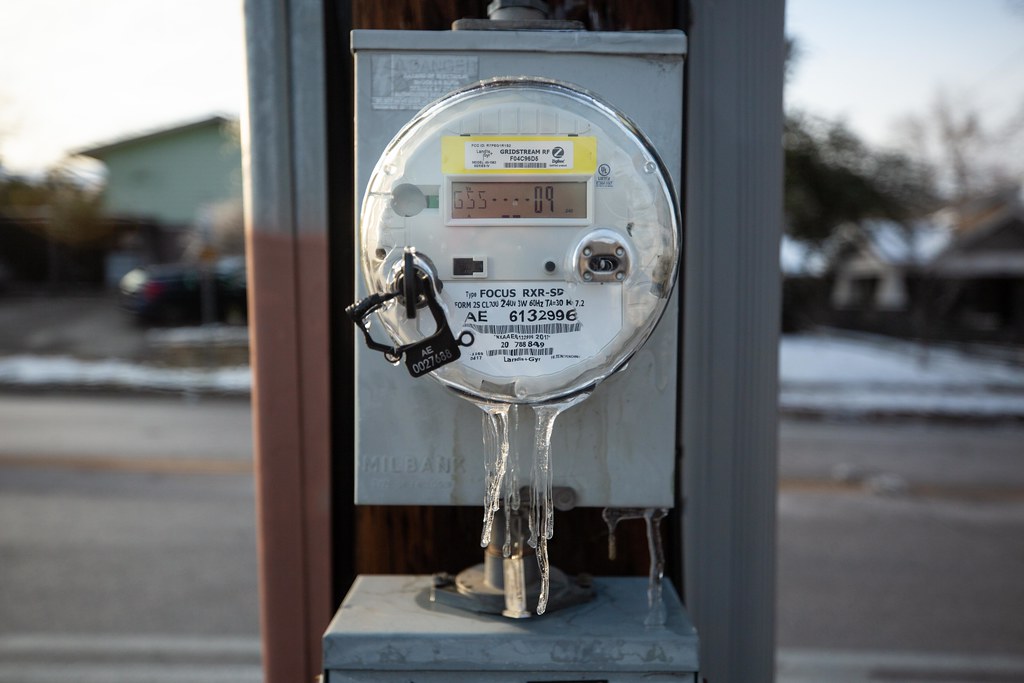Texas lawmakers took some action during the 87th legislative session to prevent another deadly blackout like the one in February. While critics say the legislation did not go far enough, there is evidence the changes will be costly. But how much it will cost and who will pay for it is not yet clear.
That’s according to research by the Houston Chronicle’s Austin bureau reporter Eric Dexheimer.
“During the legislative session, lawmakers had an opportunity to either say that ratepayers should pay for that [weatherization] or companies should pay for that, but they declined to. So it’s kind of up in the air,” he told Texas Standard.
Without that guidance, Dexheimer says the rules are being determined by the Public Utility Commission, or PUC. He found several electric generation companies have asked the PUC to allow them to shift the costs to consumers.
“The Public Utility Commission ultimately has the authority to decide that,” Dexheimer said. “And so they could say, ‘Look, these are costs that you, as electric generators, will have to bury yourself.’”
Consumer advocates hope that’s what will happen. They argue some energy generation companies began to weatherize after winter storms in 1989 and 2011, while others did not.
“And so consumer advocates are saying, ‘Look, that still ought to be the case. These are private companies, and in order to compete in the Texas market you have to bear those costs,’” Dexheimer said.
Companies, on the other hand, say the level of weatherization being required is much higher than they are prepared to cover themselves. The actual cost is unknown and highly variable.
“So a power plant in Lubbock, where it’s quite cold, for Texas, anyway, would cost more to weatherize than one down in Houston or in the Valley. Also, some power plants are older than others, so they might require some more basic upgrades as opposed to newer plants with newer technology,” Dexheimer said.
If the PUC determines power companies can shift the costs, there is no other requirement that they go through a regulatory process to raise prices. That’s because Texas’ energy market is largely unregulated.
“Generators, in exchange for the opportunity to make bigger profits and to be outside government regulation, about 20 years ago, said that they would like to be unregulated,” Dexheimer said.
If the cost of winterization is ultimately passed to consumers it won’t be the first time regular Texans will be tapped to pay for the fallout of the winter storm blackout.
“Lawmakers decided that the huge increases in the cost of energy that companies had to pay in order to supply the electricity to customers could be passed along to ratepayers over a long period of time,” Dexheimer said. “Mostly that’s done through a process called ‘securitization,’ when these companies are being given permission to borrow billions of dollars and then over the course of 10, 20 years, pass that on to ratepayers.”
Dexheimer says the actual cost per customer depends on “who your power provider is, how much they had to purchase and how much they’re going to have to securitize over the course of the next few years.”














